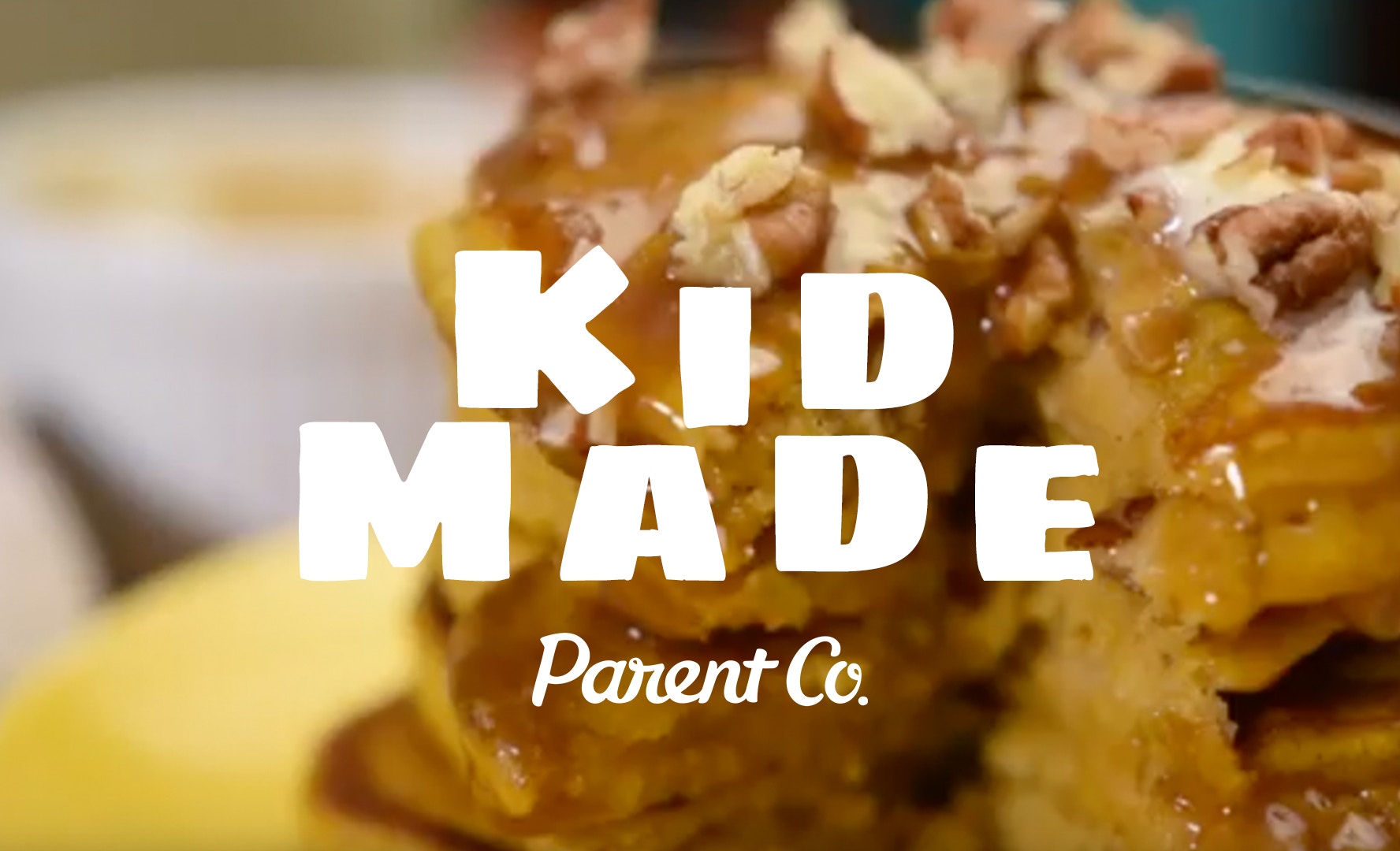It is not uncommon for many children to experience anxiety. It begins with separation anxiety and evolves as children learn to deal with social situations and school work. Many children learn to cope with this anxiety by forming safe groups of friends or joining school teams. But for ASD children anxiety is a big problem. Many children with an ASD diagnosis are ultimately
also diagnosed with anxiety disorders. The have a difficult time in the social arena.
My son, Jackie, has always had a difficult time making friends. Because he does not understand many typical social cues, the anxiety can be driven from his own misperceptions. Tackling anxiety in ASD children is no easy feat and these issues can show themselves in various ways.
Phobias
Phobias, or the fear of certain situations or objects, are the leading cause of anxiety for children on the spectrum. These fears can center around situations that involve being around people, such as crowded buses, or around objects such as dogs or birds. They can also include the fear of loud noises involving vacuum cleaners, thunderstorms, or even school bells.
Many of these phobias can be debilitating and, if not examined, can lead to a lower quality of life as the child grows into adulthood. Phobias can lead to avoidance and the need to withdraw from society. They can have profound effects on the social and economic situations later in life.
My son’s phobias center around loud noises, and the school bell between classes causes extreme anxiety. It was something that didn’t come to my attention until he spiraled out of control one afternoon. These deep-seated phobias may be things that your child does not talk about. He may not even be aware that these issues exist and are making him so anxious that he is having trouble focusing in school. Early intervention to develop skills to deal with these phobias is important.
Obsessive-Compulsive Disorder
OCD is an anxiety disorder characterized by the need to perform certain behaviors accompanied by persistent distressing thoughts. There is a small percentage of spectrum children who meet the criteria for this anxiety disorder. The main difference between ASD children with OCD and typical children is that many spectrum children do not have the distressing thoughts associated with the disorder, but instead use it as a way of neutralizing stresses from outside sources. The ritualistic behaviors such as arranging and counting objects are ways to create sameness in their worlds. This is a way to gain comfort from a world that is difficult for them to navigate.
For us, it began with the constant need to line up toy cars. This ritual was not necessarily an OCD behavior and is common among spectrum children. For my son, the anxiety came from any one of those cars being moved out of line. We had days with the house serving as one big highway. He also fixated on certain numbers and could not leave a room until he had done something a certain number of times.
These behaviors can be manageable and eventually work themselves out, but can also be extreme and affect a child’s quality of life. If a child feels anxiety driven and unable to function when not able to perform certain acts, this behavior may limit him.
Panic Disorder
One anxiety disorder that some ASD children face is
panic disorder. This can be extremely scary and has a real impact on your child’s physical health. A panic attack can come at any time and can last from a few minutes to hours. During theses episodes, the body reacts as it would to fear or danger, causing a release of adrenaline and a quicken heartrate.
A child who experiences a panic attack might feel that he cannot breathe or that the walls are closing in. They may develop phobias and avoid areas where a panic attack occurred such as elevators or social settings. Many people with panic disorder isolate themselves and can fall into depression. They may worry that there are deeper medical issues at play.
During a panic phase, children may feel frightened and the need to run away. An ASD child may not be able to verbalize what he is feeling and the fear may be overwhelming.
Anxiety disorders can be a terrible thing to deal with, especially when, as parents of ASD children, there are so many other issues we face. The best strategy for combating these disorders seems to be Cognitive-Behavioral Therapy. This type of therapy uses small steps to face the anxiety driven problems, as well as teach skills for relaxation. The big plus for CBT is that the therapists are trained to restructure the way a person thinks about their world. If a child has the phobia of birds, the therapist will lead the child down a path to rethink his idea about birds. The hope is that the fear will eventually be seen as irrational and that the child will learn to understand the positives about birds.
This type of therapy involves verbal direction and the use of visuals. It may be difficult for some ASD children who think in black and white because it is based on deeper thinking of situations.
Another method for treating anxiety based disorders is through the use of VREs or
virtual reality environments. A child can navigate through a computer 3D world and have exposure to the situations that cause anxiety. This might involve school settings, the fear of heights or phobias. Through this process, the child can develop skills to face the anxiety head on, plus the reality environments take place in rooms where the child wears a headset but is allowed to move around the room and interact.
Changes in diet and exercise are other factors that may help with anxiety. Increasing physical activity can help to relieve the keyed-up feeling associated with anxiety. Lowering caffeine in the diet is also a good idea. Practicing relaxation techniques can also be a bonus. These techniques can be used during anxiety to help lower the heart rate and to navigate the feeling of fear during panic attacks.



